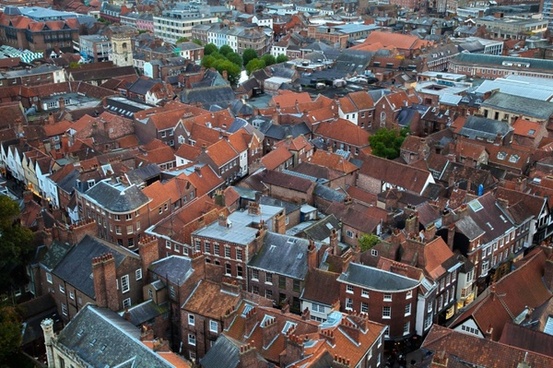Why is there regulation of HMOs?

Standards
of physical accommodation and management in multiple occupied housing have been
an issue of concern for many years, and a variety of schemes were implemented
in an attempt to control and improve those standards. In 1991, local
authorities in Scotland were
given discretionary powers to introduce licensing of houses in multiple
occupation (HMOs) under the Civic Government (Scotland
1.1.6 The 2006 Act moves the regulation of HMOs
into the mainstream of housing legislation, ensuring it has better strategic
links with other housing policy, locally as well as nationally. While aspects
remain similar to the previous regime, there are notable differences such as
additional enforcement powers for authorities and increased penalties for
criminal offences. An overview of the new regime, and specific guidance on
enforcement powers, is provided within this guidance.
How
was this guidance developed ?
1.1.7 Scottish
Government officials worked with a subgroup of the Scottish Houses in Multiple
Occupation Network Group (SHMONG), a national group of local authority staff
working on HMO licensing.
1.1.8 Scottish
Government officials agreed with SHMONG members to use the existing non
statutory local authority guidance as a platform from which to prepare this
statutory guidance. The draft guidance was the subject of a full public
consultation between February and March 2011. The issues raised during the
consultation and at a series of interviews with owners of HMOs were fully
considered in finalising the guidance.
What
does the guidance contain ?
1.1.9 The guidance relates to the procedures and
activities involved in the exercise by local authorities of their functions
under Part 5 of the 2006 Act in respect of HMO licensing.
Part
1 introduces the regime and the guidance
Part
2 outlines key provisions within Part 5 of the 2006 Act.
Part
3 deals with operation of the licensing regime by local authorities,
offering guidance in areas such as internal co-ordination and fees.
Part
4 discusses the assessment of the applicant and the living accommodation,
and imposing licence conditions.
Part
5 deals with the enforcement of the licensing regime.
Annex
A contains specifications relating to physical standards.
Annex
B gives details of membership of the SHMONG sub group.
PART
2 OVERVIEW OF THE LEGISLATION AND
APPLYING FOR AN HMO LICENCE
2.1 OVERVIEW
What
is the licensable activity?
2.1.1 A licence is required for the occupation of
living accommodation as an HMO. The
application for a licence must be made by the owner of the living
accommodation. The details of any agent authorised to act for the owner in
relation to the occupation of the living accommodation must be specified in the
application.
2.1.2 Section 164 of the 2006 Act provides for
situations of joint ownership. The
licence may be applied for and held by any one of the owners or jointly.
2.1.3 Where there are joint owners but the
application is made by only one of them, there is no requirement for the
consent of other joint owners. Neither
is there any requirement for other joint owners to be assessed as a fit and
proper person.
What
is the definition of an HMO?
2.1.4 Living accommodation is an HMO within the
meaning of the 2006 Act if it is:
- occupied by three or more persons
from three or more families, and
- occupied by them as their only or
main residence or in some other
manner specified by the Scottish Ministers by order, and
- either a
house, premises or a group of premises owned by the same person with
shared basic amenities, or some other type of accommodation specified by
the Scottish Ministers by order.
2.1.5 The legislation covers not
only ordinary houses, flats and bedsits, but also other types of residential
accommodation including hostels, student halls of residence, and staff
accommodation in hotels or hospitals. Accommodation within a building which,
although otherwise separate, shares use of a toilet, personal washing
facilities or cooking facilities, is taken to form part of a single HMO. The
accommodation must be licensed regardless of the type of owner (e.g. private ind
2.1.6 As referred to in 2.1.4 above, additional
types of accommodation may be specified by the Scottish Ministers as HMOs by
order, under section 125(1)(b) of the 2006 Act (inserted by section 13(1) of
the Private Rented Housing (Scotland
2.1.7 The definition of “family” is set out in full
in section 128 of the 2006 Act. The definition includes married, unmarried and
same-sex couples and stepchildren and foster children, as well as certain close
blood relatives.











Post a Comment